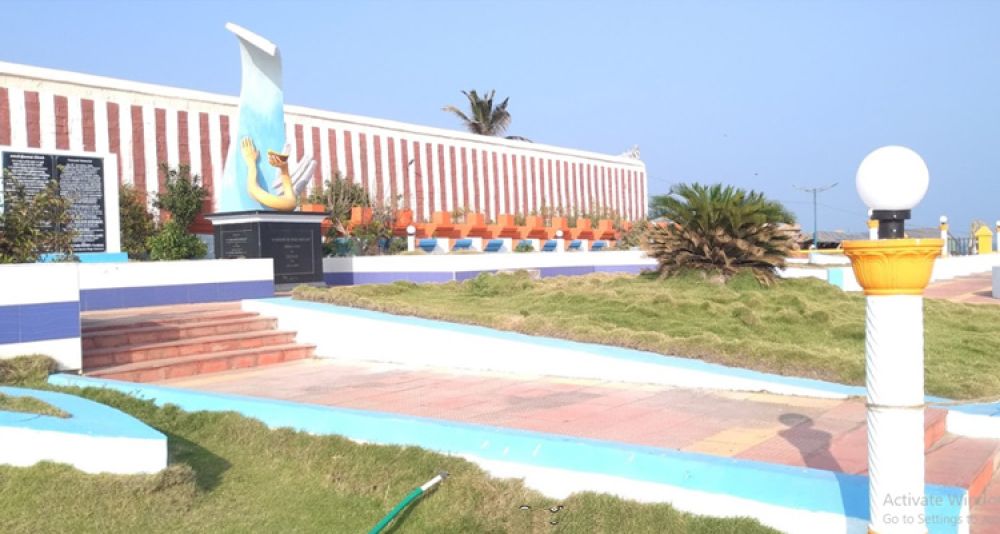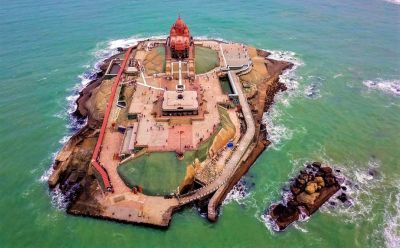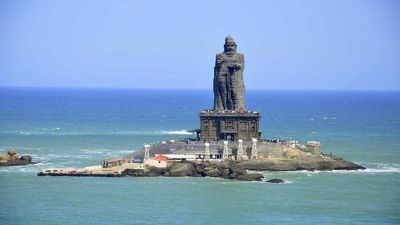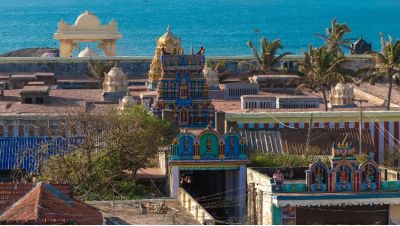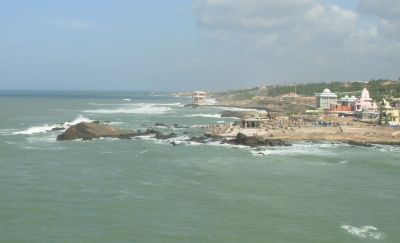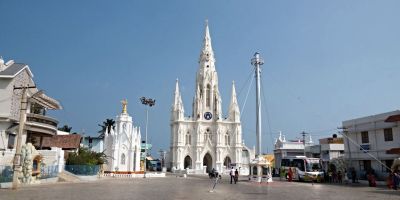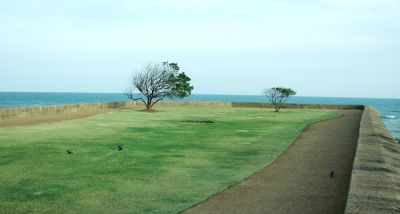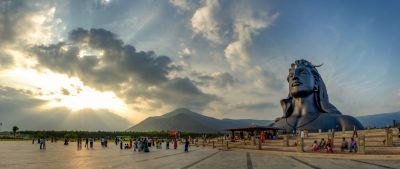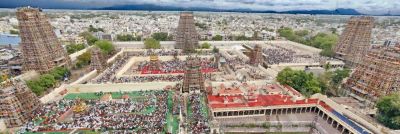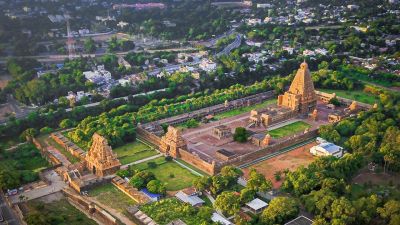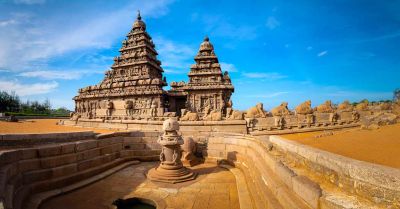Tsunami Monument, Kanyakumari, Tamil Nadu, India - Tourism History
Introduction
The Tsunami Monument in Kanyakumari stands as a solemn reminder of the devastating Indian Ocean tsunami that occurred on December 26, 2004. This natural disaster deeply affected the coastal regions of South and Southeast Asia, including the picturesque town of Kanyakumari at the southern tip of India's mainland. The monument is not only a memorial to the lives lost in the tragedy but has also become a significant tourist attraction over the years.
Historical Background
The history of tourism in Kanyakumari is enriched by its natural beauty and its sacred status within Hinduism, home to the famous Kanyakumari Temple dedicated to the goddess Devi Kanya Kumari. Prior to the tsunami, the town had long been a destination for pilgrims and tourists attracted to its spiritual significance, sunrises and sunsets, and geographical uniqueness of being at the confluence of three water bodies - the Indian Ocean, the Arabian Sea, and the Bay of Bengal.
Post-tsunami, Kanyakumari saw a convergence of compassionate visitors, NGOs, and international aid organizations. In the subsequent years, as the town rebuilt and healed, the Tsunami Monument was constructed to commemorate the lives lost and became an integral part of Kanyakumari's tourism landscape.
Tourism Trends in Kanyakumari
As time progressed, the influx of tourists broadened from traditional pilgrimage and sightseeing to include those seeking to pay their respects at the Tsunami Monument. The growth in visitor numbers has been accompanied by an expansion of facilities and infrastructure, including hotels, restaurants, and transportation services.
The latest tourism trends in Kanyakumari show an increase in eco-tourism and adventure tourism, with visitors interested in exploring the natural habitats and engaging in activities like trekking and water sports. Furthermore, a rise in digital tourism has been observed, with many tourists using online platforms to explore virtual tours and book their visits to destinations like the Tsunami Monument.
The integration of technology in tourism has also led to the development of audio guides, augmented reality experiences, and interactive displays that enrich the educational aspect of visiting the monument. This shift is part of a larger trend in the tourism industry towards more immersive and personalized experiences.
Significance of the Tsunami Monument
The Tsunami Monument in Kanyakumari is not only a testament to the past but also a beacon of hope and resilience. It serves as a reminder of the power of nature and the impermanence of life. The site encourages reflection on the importance of disaster preparedness and the strength of human solidarity in the face of adversity.
For tourists, the monument offers a place for contemplation amidst the beauty of Kanyakumari's coastal landscape. The presence of the Tsunami Monument has enriched the narrative of Kanyakumari's history and continues to add depth to the experience of visitors to this enduring town at India's southernmost tip.
